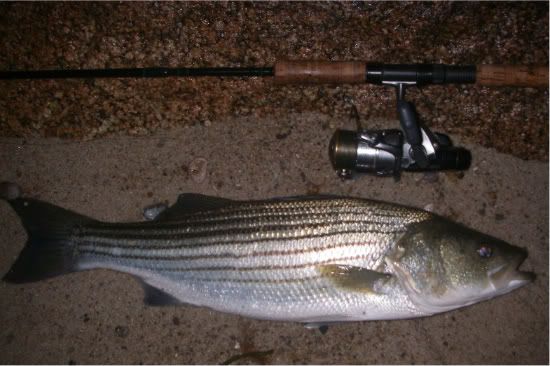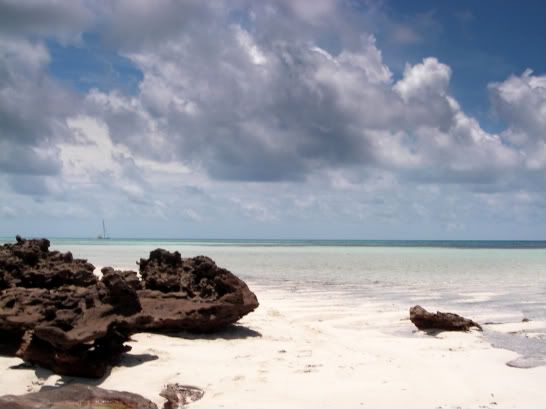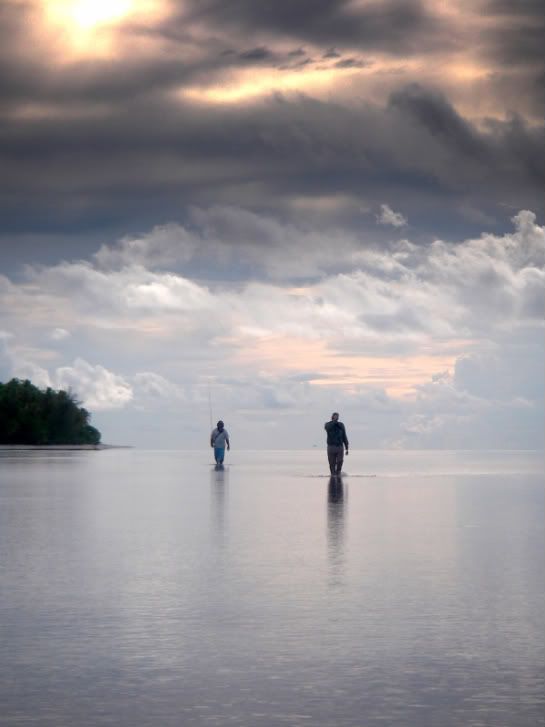
Information Page.
Photographing Fish - part III.
This is the last of Steve's lessons on digital 'fish photography' and from my point of view, probably the most helpful. Of course there are countless 'modes' on these little compact cameras and no doubt the more meticulous anglers will try them all. However, in the heat of the moment, with hands covered in 'orrible slime and when a big lively fish is desperate to get back into its native element, one tends to forget the details so a few routine presets can be an absolute godsend. Here's what Steve does :-
FLASH MODE

Most people set this to auto, so that when the camera detects low light conditions the flash will fire automatically, but with the flash set to full power, the reflections from the fishes’ scales often bounce the light back and bleach out the detail of the fish.
I prefer to set my flash mode to ‘SOFT FLASH’ so that it fires for every shot. If you do this it will slightly under-expose the image but the details and colour of the fish will be much more 'true to life'.
NIGHT TIME STRIPER.

Soft flash is also useful to use to highlight the subject or ‘fill in’ poorly lit subjects e.g. as in the earlier photo of Alan Vaughan and his Crevalle Jack, or to avoid shadows appearing too prominent, without completely illuminating or washing out the main focus of the image.
Through a Glass, Darkly -- Professional camaramen often use polarizing filters on the front of the lens to cut surface glare, allowing the camera to 'see into the water' in the same way that anglers use polarized sun glasses.
In photography circles, seeing into the water to spot fish is rarely a requirement (unless you’re on a photo-assignment for 'Fly Fishing Monthly' or 'The TarponTimes'), yet polarizing filters are used extensively by professional and amateur photographers world-wide because they tend to emphasise certain aspects of the view.
In the same way that your Costa Del Mar or Maui Jim shades appear to accentuate the blues of the sea and sky and the contrast between the sky and the clouds the photographer mainly uses a polarising filter to add contrast and depth of colour to his/her photos.


Polarizing filters, like UV and colour graded filters, are usually fixed to the end of the lens of an SLR camera by a fine screw thread, so they don’t drop off and so that stray light doesn’t enter between the filter and the lens as this would cause ‘flare’ across the photo.
However, compact Point & Shoot cameras seldom have a threaded lens, indeed many P & S compacts are flat-fronted with the lens recessed into the camera body ~ there is no threaded mount to attach a polarizing filter. So how can you get that professional look of a stunningly blue sky with white fluffy clouds into your shots?
A few palm trees always help create the taste of paradise.

The answer is already here ~ use your shades ~ assuming they have polarized lenses.
Take ‘em off and press the camera’s lens tight against one of the lenses of your sunglasses: pre-focus the camera by pressing the shutter release half way down and the focus and auto-exposure will do the rest. Then ~ CLICK away.
A through the shades shot.

So ~ those are a few of my hints and tips on getting better results from a digital compact Point & Shoot job, within the limitations of lens quality and technical specifications that apply to this format of camera.
Thanks go to Henry for the inspiration for this article and for those wishing to sample the real McCoy you can find his website here -
You can get some surreal effects by using your polarizing shades.

So that's what Steve has to say. The only thing I'd add is that many of these things are just as important if you prop the camera up and use the time delay (when you are on your own). I'll just summarise the main tips to make it a bit easier to remember what (I ought) to do.
(1) CLEAN UP the fish with a quick sluice in the sea.
(2) Get the captor to PRESENT the fish to the camera.
(3) AVOID too much SKY.
(4) Make sure the BACKGROUND is attractive.
(5) Use MACRO mode for close ups.
(6) Use MACRO mode for 'Grip and grin shots'.
(7) Use MACRO mode for returning fish.
(8) Use SPORTS mode for action.
(9) Use SUNSET mode for sunrise and sunset colours.
(10) Use SOFT FLASH for all shots.
(11) Use your POLARISED SHADES as a substitute for a filter.
(12) Above all THE FISH COMES FIRST.
If you have any comments or questions about fish, methods, tactics or 'what have you.'get in touch with me by sending an E-MAIL to - docladle@hotmail.com